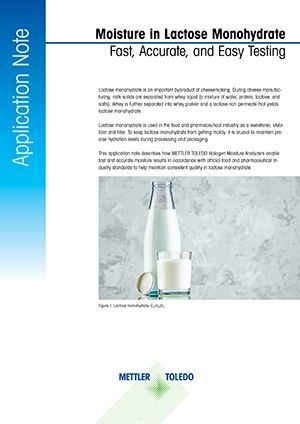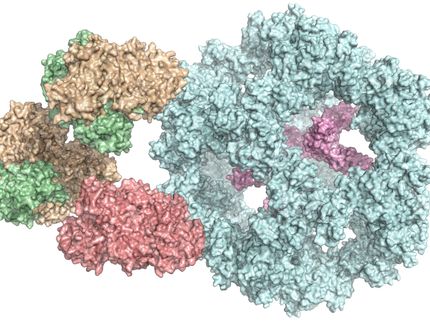Astex reveals structure of key drug metabolizing enzyme - cytochrome P450 3A4 - in Science
Cambridge, UK: Astex Technology, the fragment-based drug discovery and development company, today announced that its scientists had published the 3-dimensional structure of human cytochrome P450 3A4, the most important drug metabolising enzyme. The crystal structure of the protein is reported in the leading science journal Science. This is the first time this structure has been published and follows another world first when Astex published in Nature the first 3-dimensional crystal structure of a human cytochrome P450 protein, CYP450 2C9. CYP450 3A4 is one of four key enzymes that are responsible for metabolizing more than 90% of drugs and cause significant attrition in the drug development process.
"We are delighted that we have published the crystal structure of human CYP450 3A4," said Dr Harren Jhoti, Astex's Co-Founder and Chief Scientific Officer. "These proteins are membrane-associated, complex structures and so represent a major challenge for structural biology. This is the second human cytochrome P450 structure we have solved, the first being human CYP450 2C9, reflecting our significant achievements in this important area of drug discovery. By exploring how these cytochrome P450s recognise drug molecules at the atomic level, we will be able to design rationally drugs with better metabolic and toxicity profiles and thus an improved chance of being commercialized."
CYP450 3A4 is generally regarded as the most important family member of these drug metabolising enzymes; it is estimated that as many as 50% of all known drugs interact with this form of cytochrome P450. However, CYP450 3A4 is also the most poorly understood member with respect to its drug metabolising action and represents a major problem in drug development. Astex's proprietary P450 structural information enables the company and its collaborators to generate lead compounds with optimal drug metabolism and pharmacokinetic properties and so reduce attrition rates in drug development.
Astex has research agreements with AstraZeneca, Aventis, Fujisawa and Mitsubishi Pharma focused on solving and utilising novel cytochrome P450 crystal structures.
Other news from the department science

Get the life science industry in your inbox
By submitting this form you agree that LUMITOS AG will send you the newsletter(s) selected above by email. Your data will not be passed on to third parties. Your data will be stored and processed in accordance with our data protection regulations. LUMITOS may contact you by email for the purpose of advertising or market and opinion surveys. You can revoke your consent at any time without giving reasons to LUMITOS AG, Ernst-Augustin-Str. 2, 12489 Berlin, Germany or by e-mail at revoke@lumitos.com with effect for the future. In addition, each email contains a link to unsubscribe from the corresponding newsletter.
More news from our other portals
Last viewed contents
Acute_tubular_necrosis






















































